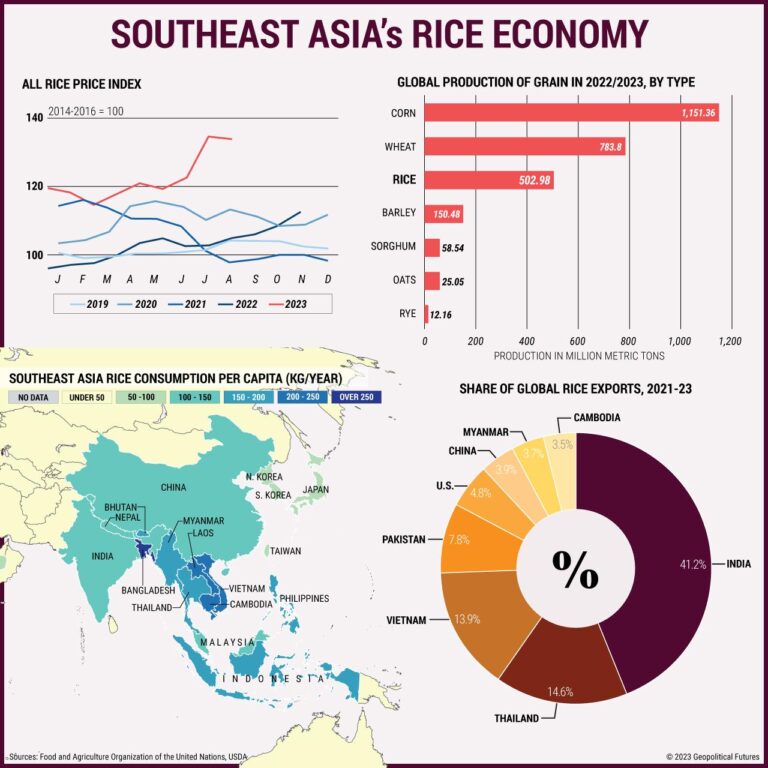The Price of Rice: Rising Rice Prices in the Philippines
In the Philippines, rice is not just a staple food but a cultural symbol. However, the rising prices of rice have become a critical issue for many Filipino families. As a country that heavily relies on rice for its daily diet, the affordability and availability of this essential commodity is of paramount importance.
Factors Contributing to Rising Prices
Several factors are influencing the sharp rise in rice prices across the Philippines. Among these factors are supply chain disruptions, natural disasters, and trade policies. For instance, typhoons and flooding disrupt rice production, while government regulations on imports can affect the market supply significantly.
The Impact on Consumers
The increase in rice prices has dire consequences for consumers, particularly low-income families. A significant portion of their income is already allocated to food, and rising rice prices mean they have to make tough choices. Families may be forced to compromise on the quality and quantity of food they consume, affecting their nutrition and overall well-being.
Government Response
In response to the rising prices, the Philippine government has implemented several measures. These include price controls and assistance programs aimed at helping those who are most affected. However, the effectiveness of these measures is often questioned, as the inflation rate remains a pressing concern for many households.
Future Outlook
The future of rice prices in the Philippines remains uncertain. With climate change and global market fluctuations, both consumers and producers are anxious about what lies ahead. Continuous monitoring and proactive policies are essential to ensure that rice remains accessible and affordable for all Filipinos, highlighting the need for enhanced agricultural practices and sustainability.
For more insights into this pressing issue, you can read more about the situation here.

